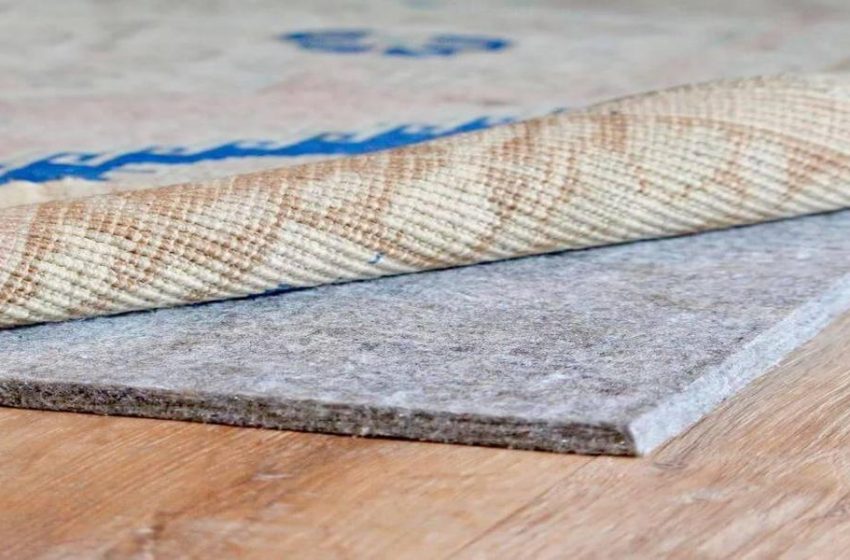Can carpets be perfectly installed without carpet underlay?

Carpet underlay is a layer of cushioning material that is installed between the carpet and the floor. It is often used to improve the comfort and insulation of a carpet, as well as to reduce noise and wear and tear. While it is possible to install a carpet without an underlay, it is generally not recommended, as it can lead to a variety of problems.
- The first problem that can arise from installing a carpet without an underlay is a lack of cushioning. Without an underlay, the carpet will be in direct contact with the floor, which can lead to a hard and uncomfortable surface. This can be particularly problematic in high-traffic areas, where people may spend a lot of time standing or walking on the carpet. The lack of cushioning can also lead to premature wear and tear on the carpet, as it will be more susceptible to damage from foot traffic.
- Another problem that can arise from installing a carpet without an underlay is a lack of insulation. The underlay helps to provide a layer of insulation between the carpet and the floor, which can help to keep the room warm in the winter and cool in the summer. Without an underlay, the carpet will be less effective at retaining heat, which can lead to higher heating bills and a less comfortable living environment.
- In addition to the lack of cushioning and insulation, installing a carpet without an underlay can also lead to increased noise levels. The underlay helps to absorb sound and reduce noise transmission, which can make the room quieter and more pleasant to be in. Without an underlay, the carpet will be more likely to transmit noise from foot traffic and other sources, which can be particularly problematic in multi-storey buildings or shared living spaces.
- Finally, installing a carpet without an underlay can also lead to a less durable and long-lasting carpet. The underlay helps to provide a buffer between the carpet and the floor, which can help to absorb the impact of foot traffic and reduce the wear and tear on the carpet. Without an underlay, the carpet will be more susceptible to damage from foot traffic, which can lead to a shorter lifespan and the need for more frequent replacements.
In conclusion, while it is technically possible to install a carpet without an underlay, it is generally not recommended. Without an underlay, the carpet will lack cushioning, insulation, and sound absorption, and will be more susceptible to wear and tear. By investing in a high-quality underlay, homeowners can ensure that their carpet is comfortable, durable, and long-lasting.